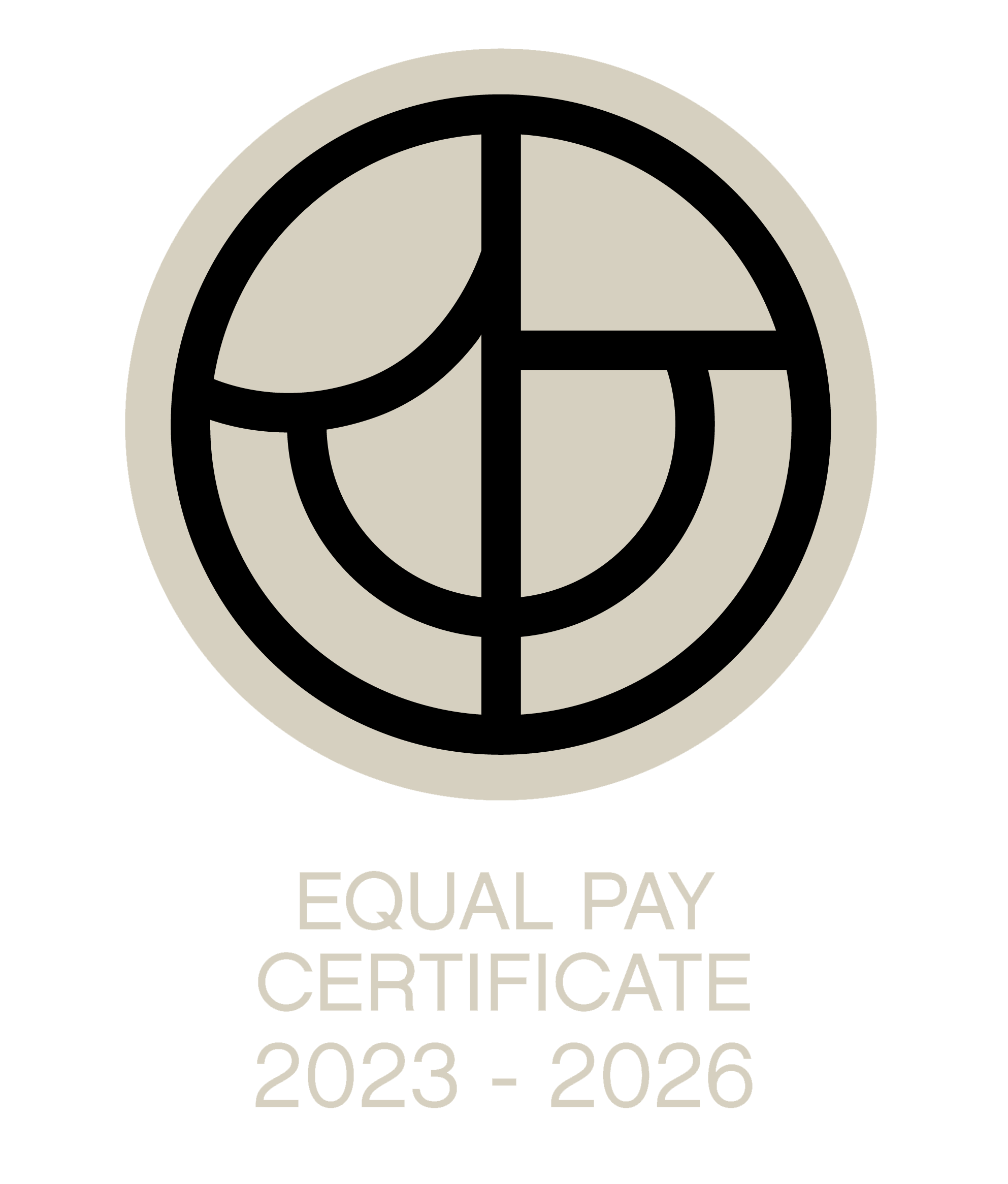Evlalía Kolbrún Ágústsdóttir will defend her master's thesis in EnvironmentalChanges at Higher Latitudes, Vegetation on Icelandic Turf Houses and in Surrounding Habitats. A Part of the Project The Icelandic Turf House: A more-than-human story at the Faculty of Environmental & Forest Sciences at the Agricultural University of Iceland.
Evlalía’s supervisors are Dr. Hlynur Óskarsson, Agricultural University of Iceland and Guðrún Óskarsdóttir, East Iceland Nature Research Centre.
The examiner is Rannveig Thoroddsen, Plant ecologist at the Icelandic Institute of Natural History.
The master's defence will take place on Monday, January 6th, 2025, at 1 PM in Keldnaholt, Reykjavík, and on Teams. Link here. The defence is open to everyone and is presented in English.
Abstract
Turf houses are a symbol of Icelandic heritage, built primarily with turf which was mainly sourced from the upper layer of Icelandic mires or wetlands where grasses and sedges were the dominant vegetation. They were often viewed as substandard and associated with shame and disease, and by the early 20th century, many of them were demolished.
This project is a part of the study The Icelandic Turf House: A more-than-human story which aims to examine the turf house not only as a human-made structure but also as a complex ecosystem. It highlights that the turf house is much more than a historic structure by adding an ecological layer to its description. The project aims to propose the Icelandic turf house as a unique habitat type, based on the natural habitat classification of The Icelandic Institute of Natural History. In order to do so, it is necessary to study a few aspects of the turf house such as the vegetation, which was the aim of this thesis.
The primary objectives were to study the differences in vegetation cover between turf houses and their surrounding habitats and to assess whether turf houses located in different areas had similar vegetation. Five turf houses were considered. Two 15 m2 plots were studied on each turf house and in surrounding habitats, and within each plot, four 50 cm x 50 cm quadrats were randomly placed for vegetation analysis. In the data analysis, plots were visually compared using nonmetric multidimensional scaling, in addition to comparing the vegetation of different habitats using statistical models.
The results revealed significant differences when comparing turf houses to wetlands and shrublands, but they were quite similar to grasslands. The difference was greatest when comparing turf houses and wetlands, despite the turf originating from wetlands. Variations among turf houses suggest that their vegetation is influenced by human, meteorological, and ecological factors.






